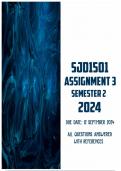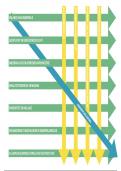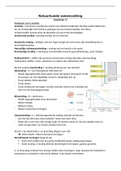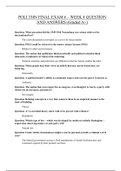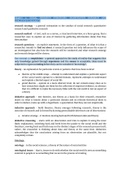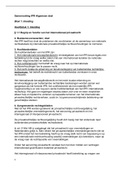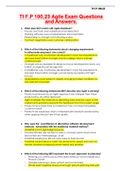Essay
Unit 6 - Electrical and Electronic Principles (P7, P8, P9 and D2)
- Institution
- PEARSON (PEARSON)
Unit 6 - Electrical and Electronic Principles (P7, P8, P9 and D2) Unit 6 - Electrical and Electronic Principles (P7, P8, P9 and D2) Unit 6 - Electrical and Electronic Principles (P7, P8, P9 and D2) Unit 6 - Electrical and Electronic Principles (P7, P8, P9 and D2) Unit 6 - Electrical and Electronic ...
[Show more]





